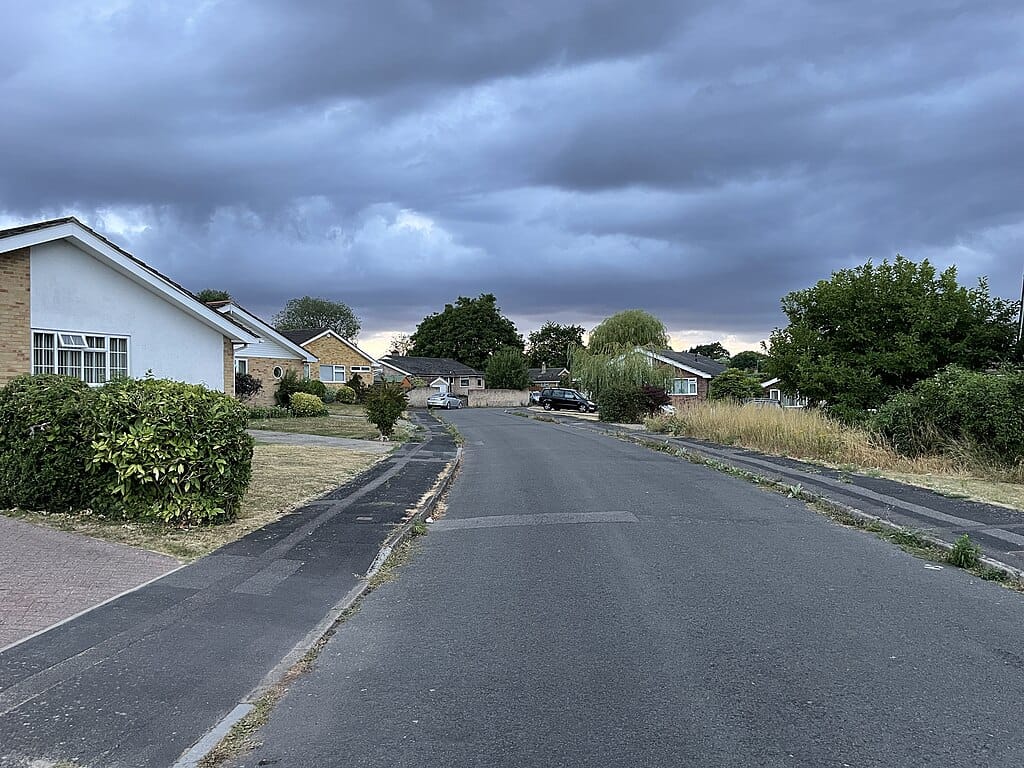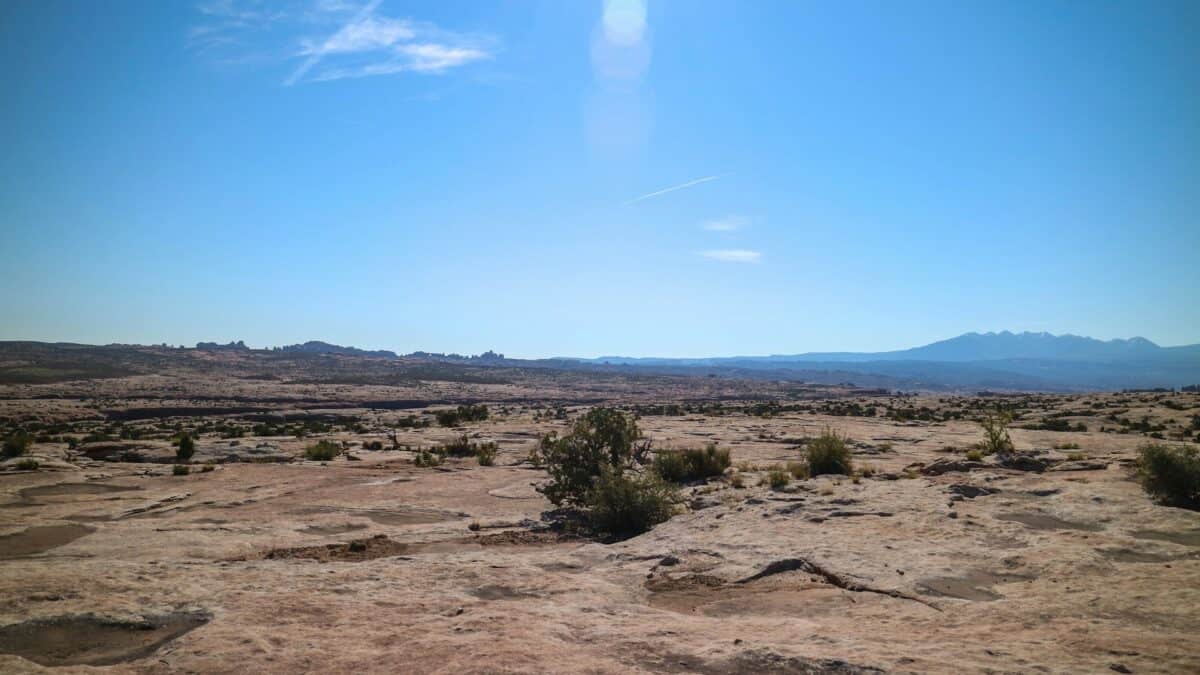Heatwaves have been a recurring aspect of the U.S. climate tapestry, marking periods of high temperatures with sweltering intensity. Yet, as climate dynamics undergo transformative shifts, we are on the brink of experiencing what may become the most extreme heatwave in U.S. history. The severity of this upcoming heat event is set to break previous records, drawing attention to the implications of rising temperatures. This article delves into the elements that create heatwaves, their potential impacts, and the preparations necessary to mitigate their effects.
Understanding Heatwaves What Are They?

A heatwave is characterized by prolonged periods of excessively hot weather, which can vary in duration and intensity. These phenomena are typically defined by temperature statistics exceeding historical averages for a given region over consecutive days. Understanding these extreme weather events involves recognizing their patterns, predicting their occurrences, and deciphering their potential impacts on both humans and the environment.
A Historical Perspective on U.S. Heatwaves

The United States has witnessed some memorable heatwaves, with events like the 1936 Dust Bowl and the 1980 heatwave etched in history. These events were characterized by record-breaking temperatures and widespread impacts, including agricultural losses and health crises. Each past heatwave has offered lessons on resilience and the necessity for adequate preparation and response strategies.
Climate Change A Key Driver

The underlying force behind the increasing frequency and intensity of heatwaves is climate change. As greenhouse gas emissions continue to rise, so does the Earth’s average temperature, creating conditions that are ripe for more severe heatwaves. This linkage underscores the urgent need for climate action to mitigate further effects.
Predicting the Unprecedented Meteorological Insights

The forecasting of an imminent record-breaking heatwave leverages advanced meteorological models, which account for atmospheric conditions and historical data. These predictive models are crucial for issuing timely warnings and guiding preparedness measures in affected regions, aiming to minimize the adverse effects on society.
Geographic Variability Who Will Be Most Affected?

Not all areas of the U.S. will experience the heatwave’s wrath equally. Regions with historical susceptibility, such as the Southwest and parts of the Midwest, are expected to bear the brunt. Urban areas, particularly those with limited green spaces, may also suffer disproportionately due to the urban heat island effect.
Impact on Public Health

The extremes of a heatwave pose significant health risks, including heat exhaustion and heatstroke, which can be fatal if not promptly addressed. Vulnerable populations, such as the elderly, young children, and those with preexisting health conditions, are particularly at risk. Public health advisories play a critical role in safeguarding these groups during extreme heat events.
Environmental Consequences

Apart from immediate human impacts, heatwaves also affect the environment. Prolonged high temperatures can lead to drought conditions, impacting water resources and agricultural productivity. Wildlife may also suffer habitat disruption and increased mortality rates due to heat stress.
Economic Repercussions

The economic impact of heatwaves can be staggering, influencing everything from agriculture and energy consumption to labor productivity and healthcare costs. Anticipating these challenges allows for better resource allocation and economic strategies to handle the subsequent aftermath.
Technological Innovations in Heatwave Mitigation

In the face of such climate challenges, technological advancements offer innovative solutions. From developing heat-resistant crop varieties to smarter urban planning and energy-efficient cooling systems, technology is a key component in reducing the adverse impacts of extreme heat.
Community Preparedness and Response

Communities play a vital role in preparing for heatwaves. Establishing cooling centers, promoting public awareness campaigns, and ensuring access to essential services are crucial steps in community resilience. Collaboration between local governments, nonprofits, and residents enhances the collective ability to withstand heatwave effects.
Government Policies and Frameworks

A strong policy framework is essential for addressing the multifaceted challenges posed by heatwaves. Government initiatives focused on climate resilience, infrastructure adaptation, and sustainable practices are pivotal in safeguarding communities and resources against future extremes.
Taking Personal Responsibility

Individual actions contribute significantly to heatwave preparedness and response. Simple measures, such as staying hydrated, avoiding outdoor activities during peak heat hours, and conserving energy, can help reduce personal risk and contribute to broader community efforts.
Conclusion

In conclusion, the looming unprecedented heatwave underscores the pressing need for comprehensive planning, awareness, and adaptive measures. As society confronts this climate phenomenon, the collective response – blending scientific insight, community action, and robust policy – will determine resilience against nature’s fierce power.
- 14 Creatures That Can Freeze and Thaw Back to Life - August 9, 2025
- 10 Animals That Risked Their Lives to Save Humans - August 9, 2025
- 14 Reasons Why Bears Are Afraid of Humans (Most of the Time) - August 9, 2025

